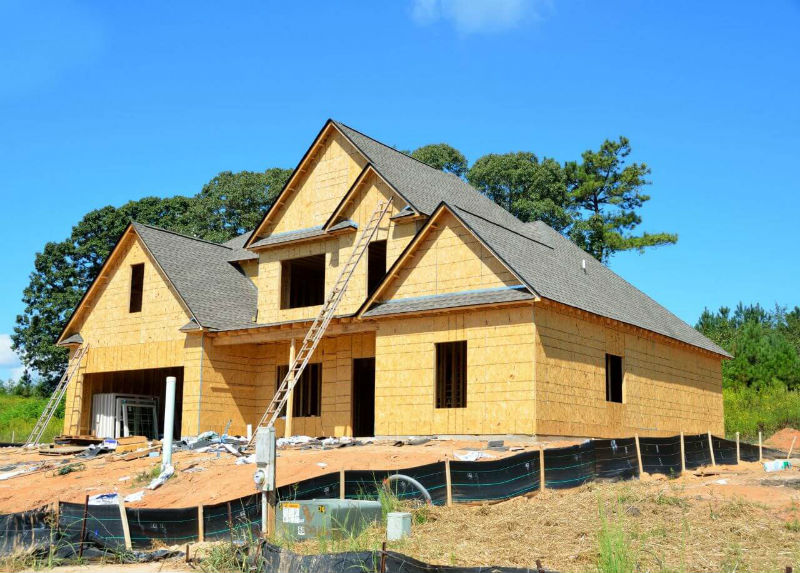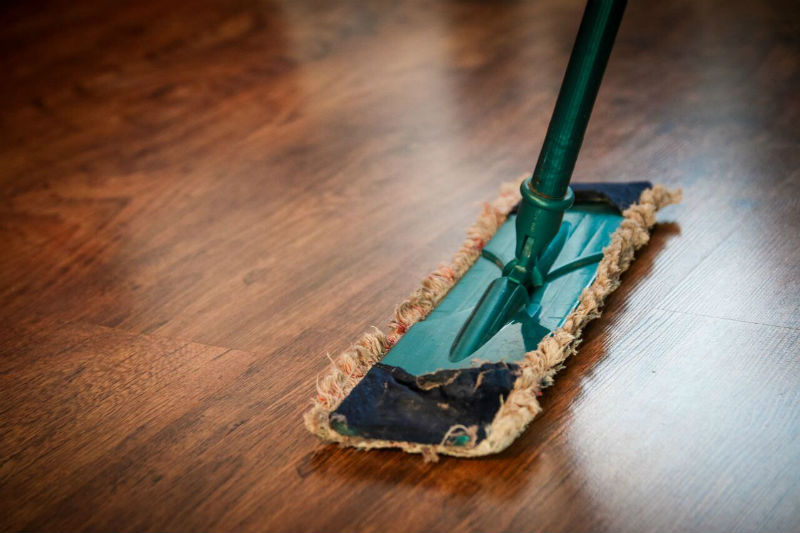
Since the pandemic, work from home has become more common and gained considerable traction in the corporate sector too. Many people around the world either have or are planning to set up a home office with their favorite furniture and clean curtains and carpets. Remodeling part of your house into a home office can greatly enhance your productivity and overall comfort. Here’s a step-by-step guide on how to go about it, along with important factors to consider:
1. Define Your Needs:
– Determine the purpose of the home office: Is it just for work, or will it serve other functions too (e.g., a creative space, study area)?
– Identify the equipment and furniture you’ll need (desk, chair, computer, storage, lighting, etc.).
– Consider future needs: Will the space need to accommodate additional equipment or people?
2. Choose the Location:
– Select a space that’s relatively quiet and has adequate privacy.
– Consider natural lighting: A space with windows can help reduce eye strain and create a more pleasant work environment.
– Proximity to amenities: If possible, choose a location close to restrooms, kitchen, and other areas you may frequently use.
3. Plan the Layout:
– Design the layout to optimize your workflow and minimize distractions.
– Measure the space to ensure your chosen furniture fits comfortably.
– Consider ergonomics: Ensure your desk and chair are at the right height to prevent discomfort and strain.
4. Set a Budget:
– Determine how much you’re willing to spend on the remodeling project.
– Allocate funds for furniture, equipment, paint, decor, and any professional services you might need.
5. Obtain Necessary Permits:
– Check with your local authorities if you need any permits or approvals for remodeling work.
6. Electrical and Networking:
– Ensure there are enough power outlets for your equipment and consider adding additional outlets if needed.
– Plan for networking infrastructure: If possible, install Ethernet ports for a more stable internet connection.
7. Lighting:
– Choose appropriate lighting that complements your work style and minimizes eye strain.
– Consider a combination of ambient, task, and accent lighting.
8. Furniture and Storage:
– Invest in a comfortable, ergonomic chair and a desk that suits your work style.
– Add storage solutions such as shelves, cabinets, and drawers to keep your workspace organized.
9. Paint and Decor:
– Choose colors that promote focus and creativity (e.g., neutrals, muted tones, or colors that resonate with you).
– Personalize the space with art, plants, or decor that inspires you.
10. Acoustics:
– Consider soundproofing measures if the room is not naturally sound-resistant.
– Use rugs, curtains, and acoustic panels to dampen noise.
11. Tech Setup:
– Set up your computer, monitors, printer, and any other tech equipment you need.
– Organize cables to prevent clutter and tripping hazards.
12. Internet Connectivity:
– Ensure a stable and fast internet connection, especially if your work relies on online communication and file sharing.
13. Final Touches:
– Add personal touches that make the space inviting and reflective of your personality.
– Organize your workspace to keep it clutter-free and conducive to productivity.
14. Test and Adjust:
– Spend some time working in the new space and make adjustments as needed for comfort and functionality.
Remember that the most important factor is creating a space that aligns with your work habits and promotes productivity while maintaining a comfortable and inspiring environment. Hope the tips in this article will help you plan and realize your own dream home office.





